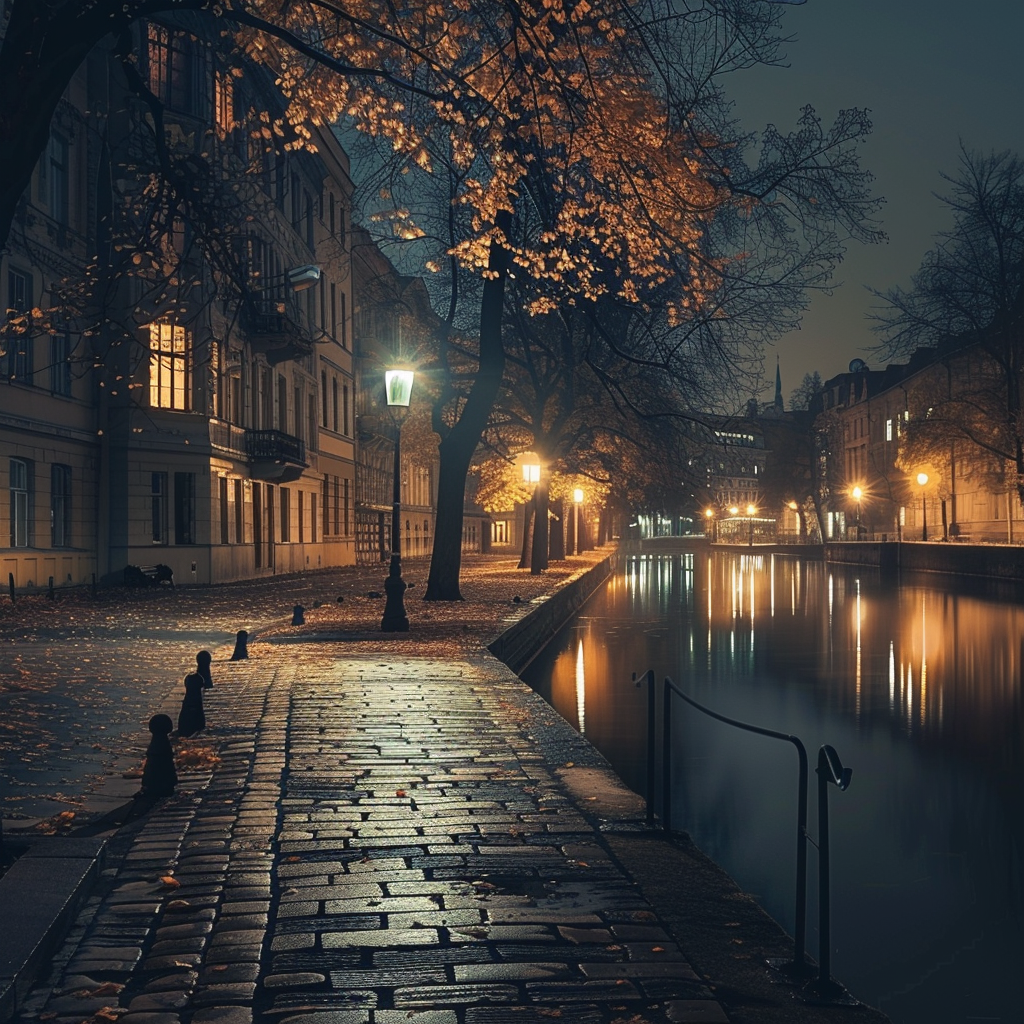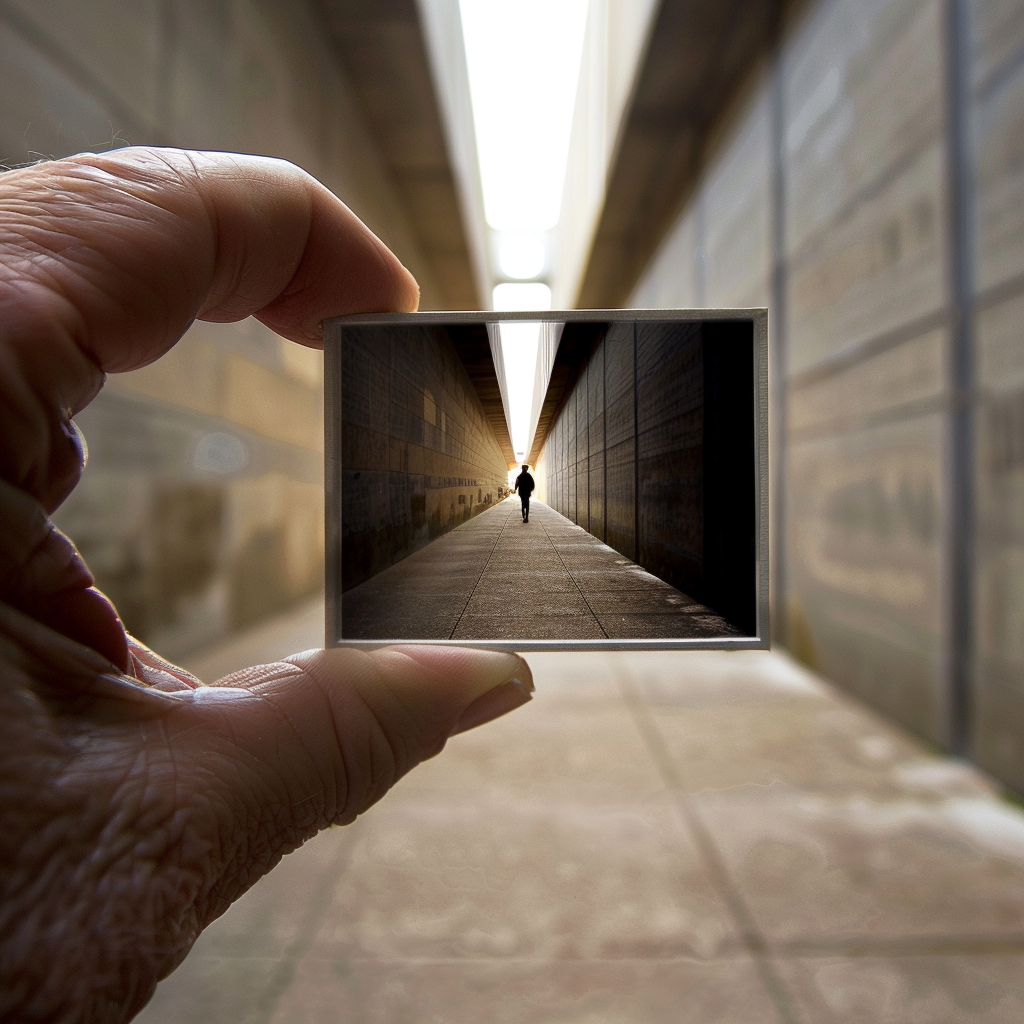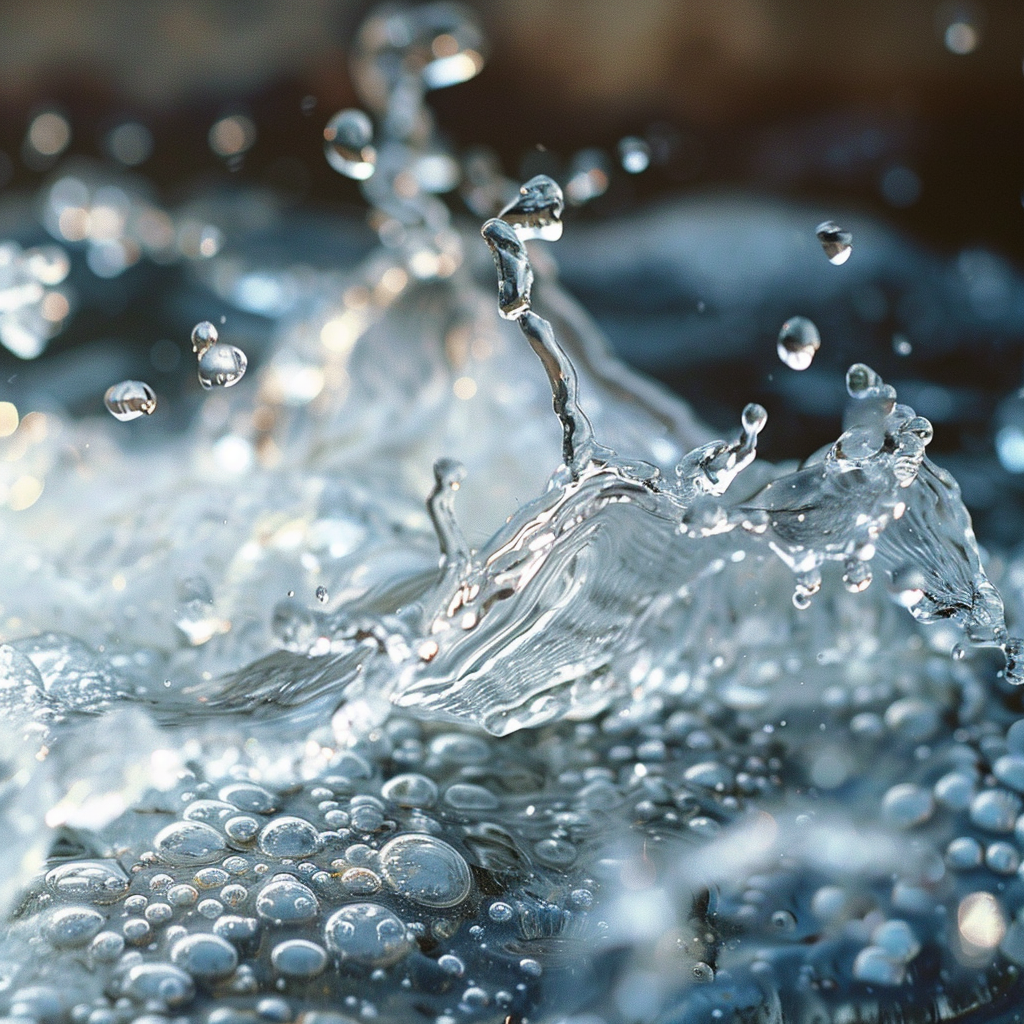Key Points
• Nature-Themed Shoot: When it comes to photo shoot ideas, the outdoors are perfect for taking stunning pictures. You’ve got places like dense woods, peaceful beaches, or colorful gardens that make amazing backgrounds. I remember doing a shoot in a field of sunflowers, and it turned out incredible. The natural lighting and bright colors can really make a photo pop.
• Urban Exploration: Photographs taken in the city have a special, cool feeling. Picture things like colorful graffiti, busy roads, or stylish places on rooftops. This one time, I did a photo session in an deserted warehouse, and the mix of rough backgrounds with sleek clothes was super eye-catching. It’s about capturing beauty where you least expect it.
• Vintage Glamour: Going for a vintage theme can bring a classy, timeless look to your photoshoot. Imagine wearing old-timey clothes, posing beside classic cars, and using props from way back when. I got to do a 1950s shoot once, and we had those big pin-up curls and old-school dresses. It was so fun mixing the olden days flair with creativity.
Contents
- Key Points
- Why Experiment with Different Angles and Perspectives?
- Why Should You Grab the Real Feelings and Faces?
- How To Make Reflections Work for Your Pictures?
- How to Make Unreal Pictures with Photoshop?
- Why Should You Photographing Architectural Elegance in Portraits?
- Why Should You Use Props in Your Photos?
- Why Should You Use Light and Shadows Creatively?
- How to Make Black and White Photos Pop?
- How to Be Smart with Colors in Your Pictures?
- Why Should You Embrace the Seasons?
- What Are The Advantages of Taking Amazing Landscape Shots?
- Is Capturing Everyday Objects Worth It?
- Why Does Using Silhouettes in Your Photography Help?
- How Do You Capture the Golden Hour?
- Why Should You Create High-Key and Low-Key Images?
- Capture Night Scenes Creatively?
- How Do You Create Minimalist Photos?
- How To Capture Travel Photography in a Unique Way When Considering Photo Shooting Ideas?
- How To Capture Candid Moments Authentically?
- How to Capture Food Photography Ideas Creatively?
- How To Capture Motion Creatively?
- How to Make Double Exposure Pictures?
- Should You Shoot in Low Light Conditions?
- Why Use Patterns and Textures?
- Why Using Forced Perspective Creates a Cool Effect?
- Why Use Negative Space?
- How To Use Reflections in Water?
- Exploring Long Exposure for Creativity?
- Why Photos with Color Grading?
- How To Capture Silky Water Effects?
- Why Utilize Depth of Field Creatively?
- Capturing Reflections in Glass?
- How To Make Your Photos Pop with Bokeh?
- How To Create Panoramic Photos?
- How To Create Light Trails?
- How To Make Dreamy Soft Focus Pictures?
- How To Create Surreal Portraits with Photoshop?
- Why Composite Images?
- Using Photoshop to Enhance Photos?
- Why Create HDR Images?
Why Experiment with Different Angles and Perspectives?

Avoid getting trapped in the habit of taking photos from eye level. Mixing up angles can show a fresh side to what you’re capturing. Duck down low or take pictures from high up to spice up your shots. Often, even a tiny change in view can create a big impact.
Why Should You Grab the Real Feelings and Faces?

Portrait photos shine when they show true feelings. Talk to the person you’re snapping, crack a joke, or shock them a bit! If you can catch their real reactions, your pictures will pop and share a tale.
How To Make Reflections Work for Your Pictures?

Snap a regular shot, add a reflection, and bam! You’ve got something special. Hunt down mirrors, glass, or even rain puddles to spice things up. The reflection pumps up the depth and draws the eye in with a cool twist.
How to Make Unreal Pictures with Photoshop?

If you know your way around Photoshop, there’s no stopping what you can do! You’ve got the tools to craft dreamy, surreal images that seem out of this world. But keep it subtle; you don’t want to push it too far. You should aim to improve the photo without making it look fake.
Why Should You Photographing Architectural Elegance in Portraits?

Adding impressive buildings or structures like bridges in your portraits can give them a great background. Look for different kinds of constructions that’ll make your pictures stand out.
Why Should You Use Props in Your Photos?

Props can bring your portraits to life by adding a story element. Simple things such as books, flowers, or hats can give your subject more personality. Just be careful that these props enhance the shot and don’t steal the spotlight from your model.
Why Should You Use Light and Shadows Creatively?

The right lighting can make or break a photo. Mix up light and shadows to add cool effects. Sunlight is great, but artificial lights can also do the trick for strong shadows.
How to Make Black and White Photos Pop?

Black and white photos can really stand out. When you take away color, the focus shifts to the finer points, feelings, and light-dark contrasts. Plus, this timeless method’s always in vogue.
How to Be Smart with Colors in Your Pictures?

Colors can really shape how a photo feels. Try using colors that clash, or go for a look with just one color to stir up different emotions. Loud colors can make a picture pop, while light colors give it a tender touch.
Why Should You Embrace the Seasons?

Every season brings its own magic. When you’re organizing photo sessions outdoors, consider the seasons as a bonus. Fall’s colorful leaves, spring’s fresh flowers, the warm glow of summer, and winter’s snowy scenes are all fantastic backdrops for pictures.
What Are The Advantages of Taking Amazing Landscape Shots?

It’s easy to believe that only nature buffs snap landscape shots. However, mixing in big landscapes with portrait photography can be super impactful. Having a person set against a wide scene can truly add depth to your story.
Is Capturing Everyday Objects Worth It?

Often, the ordinary stuff we see everyday can turn out to be great photo subjects. Try to photograph common items from a new angle or up close. Play around with how you frame them to give these everyday things a bit of magic.
Why Does Using Silhouettes in Your Photography Help?

Shooting silhouettes adds drama and a touch of mystery to your pictures. To get it right, aim your camera at a strong light – think sunsets – and that’ll leave your subject dark against a well-lit backdrop.
How Do You Capture the Golden Hour?

Right after the sun comes up or just before it sets, there’s this time we call the golden hour. The light is really soft and warm then, which makes everyone look great in photos. It gives off a nice shine and creates shadows that make your pictures pop with depth.
Why Should You Create High-Key and Low-Key Images?

High-key photography is all about bright lights to make photos that are full of light and feel soft. On the other hand, low-key photography goes for deeper shadows and darker colors to get a stronger, more moody look. Once you get the hang of both methods, you can switch things up to match the mood you’re aiming for.
Capture Night Scenes Creatively?

Night scenes are perfect for unique portraits. Use city lights, neon signs, and night elements as backdrops and lighting for amazing night shots.
How Do You Create Minimalist Photos?

Minimalism is about keeping it simple and making sure the subject stands out. It’s a case where doing less can actually do more. Use plain backgrounds and subtle colors to really make the person in your photo pop.
How To Capture Travel Photography in a Unique Way When Considering Photo Shooting Ideas?

When you’re on the road, try to include bits of the local culture, famous spots, and the surrounding nature in your travel photos for extra narrative punch. Don’t just settle for the usual snaps every traveler takes; make an effort to connect with people who live there and get them into your pictures too.
How To Capture Candid Moments Authentically?

Take pictures of people acting naturally. Real, unposed snapshots tell a much better story. Just watch silently and take the picture when they’re not looking to get shots that’ll last forever.
How to Capture Food Photography Ideas Creatively?

You don’t have to be a food blogger to snap great food pics! Try adding some meals into your portrait shots for something different. When it comes to food photography ideas, colorful dishes, cool textures, and playing around with different views can really make your photos pop, for both the person and the grub.
How To Capture Motion Creatively?

When you take pictures that show movement, they often seem more lively. Playing with how fast your camera’s shutter opens and closes is crucial. Use a slower shutter to make the motion look smooth and streaky or go faster to make everything stand still.
Try moving your camera along with something that’s on the move to get a cool effect in the background. Stuff like dancing, swinging hair around, or snapshots of people leaping are perfect for giving this technique a go.
How to Make Double Exposure Pictures?

Double exposure combines two photos into a single image, creating an enchanting effect. You’ll find this option in various digital cameras, and you can also use Photoshop or other apps to achieve it. Blending faces with different textures, such as leaves or urban scenes, often results in images that look otherworldly and fascinating.
Should You Shoot in Low Light Conditions?

Taking photos when it’s not very bright can be tricky, but the results are worth it. Choose big apertures and turn up your ISO setting – just watch out for too much noise in your pictures. A tripod can keep your camera steady, so your photos aren’t blurry. And if you use a slow shutter speed, you’ll let in more light. Try messing around with dark shapes and shadows to make your shots more striking.
Why Use Patterns and Textures?

Add some flair to your portraits by including patterns and textures. Seek out cool backdrops like brick walls, lush forests, or checkered flooring. The mix of these details against the softness of skin really draws the eye.
Why Using Forced Perspective Creates a Cool Effect?

Forced perspective is a cool way to play with light and trick the eye. It changes how big or small things look in a picture. Just move stuff closer or further from the camera to mess with how they really look, and add in props smartly. Imagine someone small scaling a giant drinking glass – pretty neat, huh?
Why Use Negative Space?

Use negative space to draw attention to your main subject. This means keeping the area around it clear – don’t fill up the picture with too much stuff. Simple is better when you want to make a strong impression. An open sky, wide fields, or plain walls can really do the trick.
How To Use Reflections in Water?

Capturing reflections in water can be stunning. Look for lakes, small pools, or even shiny surfaces to reflect what you’re photographing. Experiment with various angles or turn the pictures upside down after you take them for extra depth.
Exploring Long Exposure for Creativity?

Long exposure can transform a simple scene into something stunning. It creates a soft blur effect on anything that moves, while keeping still objects crisp. Whether you’re shooting city lights at night or bustling streets in the middle of the day, there’s no limit to what you can achieve.
Why Photos with Color Grading?

Color grading can change the mood and tone of pictures. Warm colors can make an image feel welcoming, whereas cool colors tend to give off a serene or remote vibe. Programs such as Adobe Lightroom make it easy to do this.
How To Capture Silky Water Effects?

To capture photos with silky-smooth water, which adds a peaceful vibe, we’re diving back into setting the camera for long exposures. This means dialing down the shutter speed until streams or sea waves blur into gentle, soft patterns.
Why Utilize Depth of Field Creatively?

Experimenting with depth of field helps you focus on your subject by blurring out the background noise. If you use a lens with a large aperture, you’ll get a soft, buttery bokeh effect. On the flip side, a smaller aperture keeps everything in the shot crisp and clear.
Capturing Reflections in Glass?

When placed correctly, glass can reflect interesting views. Getting both the actual and mirrored parts in a shot creates an eye-catching effect you should definitely attempt.
How To Make Your Photos Pop with Bokeh?

Bokeh brings an artistic touch to your pictures, with its lovely, soft out-of-focus lights. To create this effect, use a lens with a large aperture. Try taking pictures in front of holiday decorations or bustling urban scenes for a captivating effect.
How To Create Panoramic Photos?

Panoramic pictures aren’t only amazing for capturing landscapes; they work wonders for portraits too. Move your camera across a scene and combine several pictures into one. This technique lets you capture both the setting and the person without missing a beat.
How To Create Light Trails?

Photos of light trails, like from speeding cars or fireworks, make your images buzz with life and movement. You can nail this effect using long exposure techniques I just talked about. First things first, tweak the positioning of your camera to get the right amount of scene in the frame.
How To Make Dreamy Soft Focus Pictures?

To get that dreamy look in your photos, use specific lenses or filters that give a soft focus effect. You can also create this look by blurring images when you’re editing them. This technique is great for showing gentle and romantic moments and works well for close-ups and portrait shots.
How To Create Surreal Portraits with Photoshop?

With Photoshop, you’ve got endless possibilities at your fingertips. You can mix and match different bits to make fantasy-style portraits that don’t look real at all. By playing around with layers, masks, and touch-ups, you can easily crank out some unique stuff. It’s a great way to have fun and test out just how wild your imagination can get – there’s no limit to what you can dream up!
Why Composite Images?

Making composite images is about combining different pictures into one. This involves carefully putting together layers so that they blend well, and it changes normal scenes into amazing ones. Think of space settings, fantasy lands, or weird setups that put things in places where you wouldn’t usually find them. It’s all about taking the leap and starting to create through your camera to discover these imaginary places that we didn’t think could exist before we tried.
Using Photoshop to Enhance Photos?

Photoshop is a significant tool for editing photos. Its capabilities range from enhancing the quality of images to precise color adjustments. You can erase flaws and refine photos until they look perfect.
By paying attention to the small details, you can make pictures crystal clear and more powerful. These improved images can captivate an audience and push your creativity further. When using Photoshop, it’s important to know when enough is enough—subtlety is key.
Striking the right balance is crucial, as it gives your images a natural feel and delivers the intended message to your audience. People tend to appreciate and remember images that strike this balance, as they embody significance that is both admired and appreciated. This appreciation highlights the value of artistic pursuit—or in other words, shooting for the best defines our greatest achievement.
Enjoy the rich reward of perfecting your craft, and even if just for a moment, take pride in each goal you eagerly pursue and attain with passion. Happy capturing and editing everyone!
Why Create HDR Images?

High Dynamic Range (HDR) photography brings out more detail by keeping bright areas and shadows that would normally get lost. To create an HDR image, you combine several photos with different exposures. It’s important to practice and be patient to master a wide range of lighting situations.
This method helps produce lively and realistic pictures that are particularly useful in various light conditions, whether natural or artificial. HDR has many uses, from landscapes with reflective surfaces to objects with contrasting textures like metal or water in different environmental conditions.
Creating the perfect picture for any event is possible, and experimenting is key. It can ignite a passion in those starting on this creative path. Commitment to this craft is very rewarding and allows us to capture life’s short, fleeting moments in a way that they can be remembered vividly and shared with others.
It adds depth to storytelling and enriches our collective human experience through shared memories, encouraging a sense of unity and love as we all continue to grow in this timeless artistic pursuit. 🖤❤️🌟🔥🙌📸)

About Author
Rachel Noël is a professional photographer and videographer from the UK with over 10+ years of experience. Rachel specializes in Underwater, Tavel & Portrait photography among other areas.
